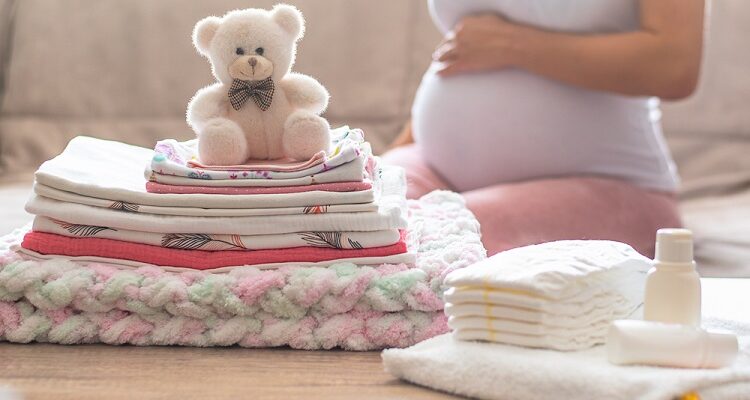The decision to give birth at home is a deeply personal one, often motivated by the desire for a more natural childbirth experience, comfort in familiar surroundings, and a preference for minimal medical intervention. However, a home birth requires careful planning and a pregnancy subscription box to ensure safety and success. Here is a comprehensive guide on how to prepare for giving birth at home.
Table of Contents
1. Choose a Competent Midwife or Healthcare Provider
The first and arguably most important step is to choose a competent midwife or healthcare provider experienced in home births. Your provider will be able to guide you through the process, provide prenatal care, and support you during labor and delivery. Make sure they are licensed and certified by a recognized body, such as the American Midwifery Certification Board (AMCB) or North American Registry of Midwives (NARM).
2. Confirm You Are a Good Candidate
Home birth isn’t the right choice for everyone. It’s most suitable for those going through a low-risk, uncomplicated pregnancy. Your healthcare provider will assess your eligibility for a home birth, considering factors like your overall health, pregnancy progress, and baby’s position. For further information about eligibility for home birth, check out https://babyjunior.co.uk/.
3. Create a Birth Plan
A birth plan is a crucial document that outlines your preferences for labor and delivery. It should cover various elements, such as positions for labor, relaxation techniques you plan to use, your approach to managing pain, and your wishes for the immediate postpartum period. It’s also wise to consider creating a contingency plan in case of unforeseen complications, which may involve making decisions about under what circumstances you would agree to transfer to a hospital. For more information and resources on creating a comprehensive birth plan, you can visit ubabymagazine.com. This website can provide you with valuable insights and guidance as you prepare for the arrival of your baby.
4. Prepare Your Home
Preparing your home for the birth is a crucial part of the process. You’ll need a variety of supplies such as clean sheets, towels, a waterproof cover for your bed, a thermometer, sanitary pads, clean cloths, and a baby blanket. Your healthcare provider will likely provide a list of items you will need.
Additionally, consider the space where you want to give birth. It should be comfortable, private, and large enough for your birthing team to move around. If you’re planning a water birth, you’ll need to arrange for a birthing pool.
5. Attend Childbirth Classes
Childbirth classes can be incredibly helpful, particularly for first-time parents. They’ll give you an idea of what to expect during labor and delivery, teach you pain management techniques, and generally help you feel more prepared for the birth.
6. Arrange for Postnatal Support
After the baby arrives, you’ll need time to rest and recuperate. If possible, arrange for a support person (such as a partner, family member, or postpartum doula) to help you with tasks like cooking, cleaning, and looking after any other children you may have.
7. Maintain Regular Prenatal Care
Regular check-ups are key to ensuring the health and safety of both you and your baby. Your healthcare provider will monitor your pregnancy and can spot potential issues before they become serious. Regular prenatal care also provides an opportunity to ask questions and express any concerns you may have.
8. Understand the Signs of Labor
Knowing when labor is starting is obviously crucial for a home birth. Braxton Hicks contractions (or “practice” contractions) can sometimes be mistaken for real labor, so understanding the difference can help you know when it’s time to call your midwife or healthcare provider.
9. Plan for the Unexpected
Even with the best planning, unexpected issues can arise. It’s crucial to have a plan in place for emergency transportation to a hospital if necessary. Make sure you have a reliable form of transportation and that the hospital is aware of your home birth plan. Home births can be a wonderful experience, but safety should always be the paramount consideration. With careful planning, preparation, and the guidance of a trusted healthcare provider, you can set the stage for a safe and fulfilling home birth. However, it’s essential to remain flexible and open to changes in your plan if they are needed for the health and well-being of you and your baby.







Comments